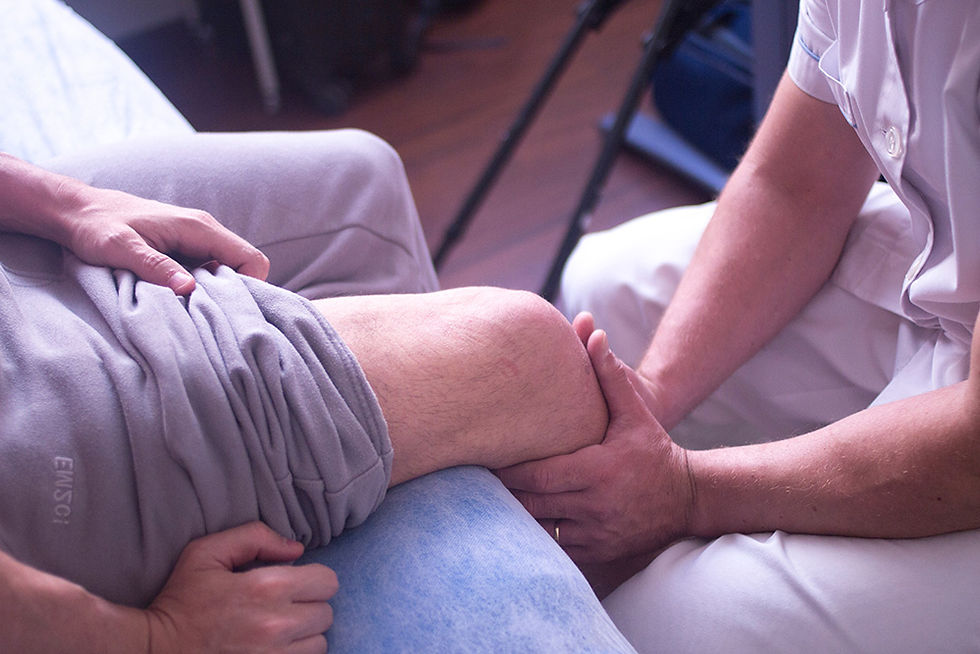What Is Involved in Lymphedema Treatment
- Vail-Summit Physical Therapy
- Sep 10, 2022
- 2 min read

Vail-Summit Physical Therapy offers lymphedema management for patients with a diagnosis of lymphedema. This condition can occur following cancer treatment and surgical procedures affecting the lymphatic system.
Patients want to know what is involved in lymphedema treatment and lymphedema therapy. Our lymphedema specialists work in partnership with a patient’s doctor to answer this question and determine the level of lymphedema management a patient needs to treat the condition.
Lymphedema Treatment: Symptoms and Stages
Patients will notice symptoms and signs of lymphedema – caused by cancer treatment, or lymph node surgery – appearing months to years after the original treatment. Awareness with vigilance is a patient’s best practice to identify symptoms and stages of this chronic condition. Stages are ranked 1 through 4, from no symptoms to mild and severe symptoms. Partnering with the medical team, including a lymphedema specialist is essential. Lymphedema management can begin before symptoms present, as abnormal flow of the lymphatic system can go undetected.
Our lymphedema specialist will prescribe the necessary and appropriate lymphedema treatment plan to control the condition. Lymphedema therapy is necessary, to avoid advanced lymphedema. Patients will notice:
Swelling in one or more extremity, including fingers and toes
Sensation of tightness/heaviness of the limb
Loss of range of motion
Chronic infection of the skin
Changes to the skin, including thickening/hardening
These indicators range from mild to severe, and should be evaluated by a doctor who will initiate a treatment plan to include physical therapy for lymphedema management.
What Is Lymphedema Therapy?
Once diagnosed, the doctor may order additional imaging to identify specific location of the pathology, to inform lymphedema treatment. Our highly trained lymphedema specialists utilize these findings to design an individualized lymphedema management plan. The treatment plan for lymphedema therapy may include:
Manual massage – lymphedema specialists provide lymphedema massage techniques to promote drainage of trapped fluid, directing it towards healthy areas of the lymphatic system.
Exercises - designed as gentle muscle movement, these exercises function as a fluid reduction process for the swollen limb. The lymphedema specialist will teach the patient the proper form for maximum benefit.
Compression wraps - application of low-stretch bandages to the length of the limb to facilitate fluid distribution toward the body center to promote drainage.
Compression clothing - Special fitting elastic stockings and sleeves, fitted by a lymphedema specialist, to facilitate drainage of lymphatic fluid. Proper placement and pressure is critical, thus the requirement to be part of the comprehensive lymphedema management available with a lymphedema specialist, to prevent risk.
Specialized compression clothing - sequential pneumatic compression device connected to specialized compression garments provides additional intermittent pressure to facilitate fluid drainage.
Lymphedema Management Near Me
Once initiated, lymphedema therapy requires monitoring of progress to determine modifications to optimize lymphedema treatment. For your individualized lymphedema management assessment, request a consultation with Vail-Summit Physical Therapy.
Call Vail-Summit Physical Therapy today!




Comments